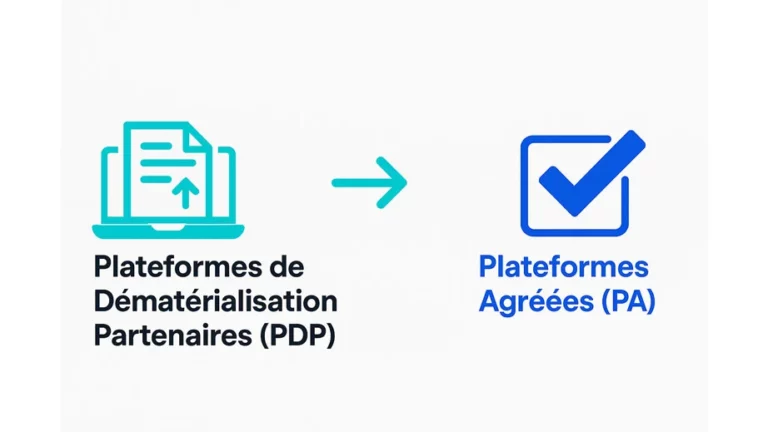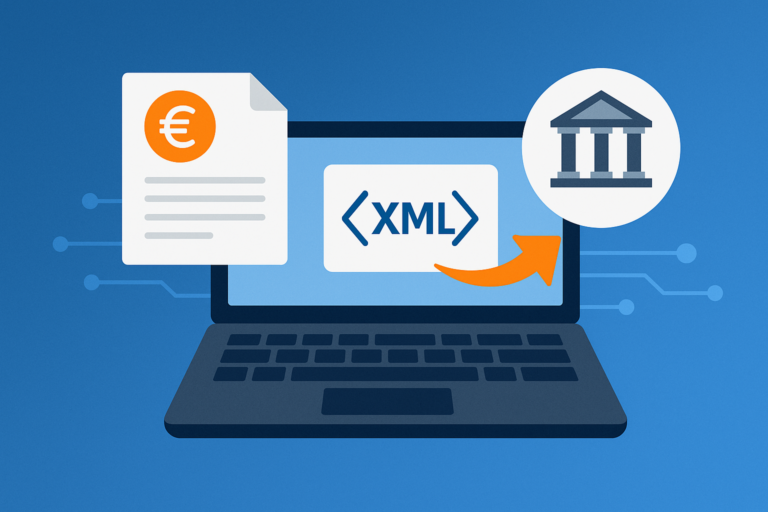A company’s efficiency rests on many pillars, and document management is one of the most critical. We often get lost in mountains of paper invoices, multiple versions of the same file on different disks, or validation emails drowning in our inboxes.
Fortunately, there is a solution: Electronic Document Management (EDM). More than just a storage space, an EDM is a genuine management system that centralises, organises and automates your document flows. But how can you successfully implement such a system in your company? Here’s a guide in several key stages.
Step 1: Analyse your current needs (the assessment)
Before diving in headlong, take the time to take stock. Successful implementation starts with a thorough understanding of your internal processes.
- Identify bottlenecks: Where are the sticking points in your document management? Does it take too long to find supplier invoices? Does the validation process for invoices and contracts take too long?
- Take stock of your documents: What types of documents do you manage (invoices, contracts, payslips, other documents)? In what format (paper, digital)? What are the volumes per department?
- Define your objectives: do you want to reduce printing costs, improve productivity, ensure compliance (RGPD, electronic invoicing) or simply make collaboration more fluid?
By involving the teams concerned from the outset, you can ensure that the final solution meets their real needs and not just their assumptions.
Step 2: Choosing the right EDM solution (the right tool)
The market for EDM solutions is vast. Choosing the right platform is crucial and should be based on the objectives you have defined.
- Essential features: Make sure the solution offers the features you need:
- Capture and scanning: The ability to scan paper documents and extract data from them usingAI is a considerable time-saver. OCR (Optical Character Recognition) or ADR (Automatic Document Reading) are now less powerful recognition technologies than the latest technologies using Artificial Intelligence. So before you choose your solution, make sure you test it to see for yourself how reliable the data recognition is!
- Indexing and searching: The power of the search engine is an essential criterion. The ability to create personalised metadata (e.g. customer name, invoice number, date) makes searching almost instantaneous. Once again, a solution that allows you to be tested avoids unpleasant surprises later on!
- Workflow and automation: A good EDM should enable you to automate your processes (validation circuits, sending for payment).
- Secure archiving: The secure and compliant archiving of your documents (tax compliance) is non-negotiable.
- Technical criteria: You should also consider how easy it is to integrate the solution with your existing tools (a solution with an API (such as Azopio) enables interconnection between systems) and how scalable the solution is. Favouring a cloud solution can offer greater flexibility and security.
Stage 3: Planning implementation and deployment (the roadmap)
Once the solution has been chosen, it’s time to plan its deployment.
- Appoint a project manager: Designate a manager or team to oversee the project. Key users” in each department can act as relays for training and feedback.
- Train your teams: Resistance to change is natural. Change management is essential. Clearly explain the benefits of EDM for everyone: less time lost, simplified access to information and improved collaboration. Regular training and ongoing support are the key to success.
Setting up an EDM used to seem complex, but with Azopio, EDM is no longer an onerous or time-consuming project: deployment is simple, fast and effective. Thanks to its intuitive interface, automated document collection and filing, and seamless integration with accounting software, deployment is a breeze. Your teams can easily get to grips with the tool without complex training, and immediately benefit from time savings and greater efficiency.
Stage 4: Monitoring and optimisation (continuous improvement)
Setting up your EDM is not an end in itself. It’s the start of an ongoing transformation.
- Measure the results: Track key performance indicators (KPIs) to assess the success of your project: the average time it takes to find a document, the rate of adoption by users or the reduction in paper-related costs.
- Evaluate regularly: Collect feedback from your teams. Their suggestions will help you refine workflows and maximise the efficiency of your EDM.
By following these steps, you’re not just implementing software, you’re fundamentally transforming the way your business manages its information. The result? Increased productivity, simplified processes and more efficient teams.
Azopio is recognised as a powerful ally in this transformation. By automating the collection, processing and archiving of your accounting documents, the solution integrates perfectly into an overall EDM strategy, saving you precious time on a daily basis – and all with the utmost simplicity!




